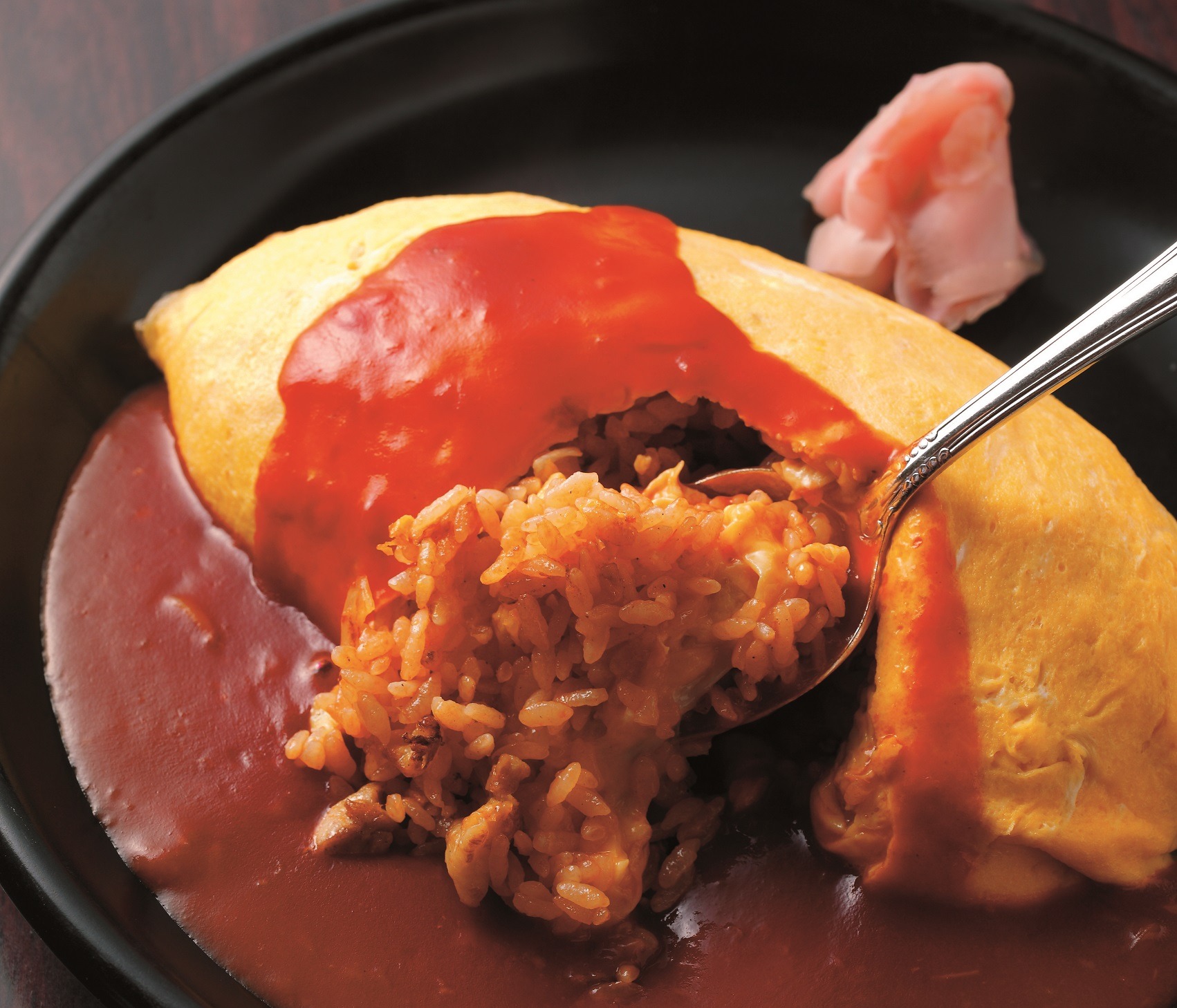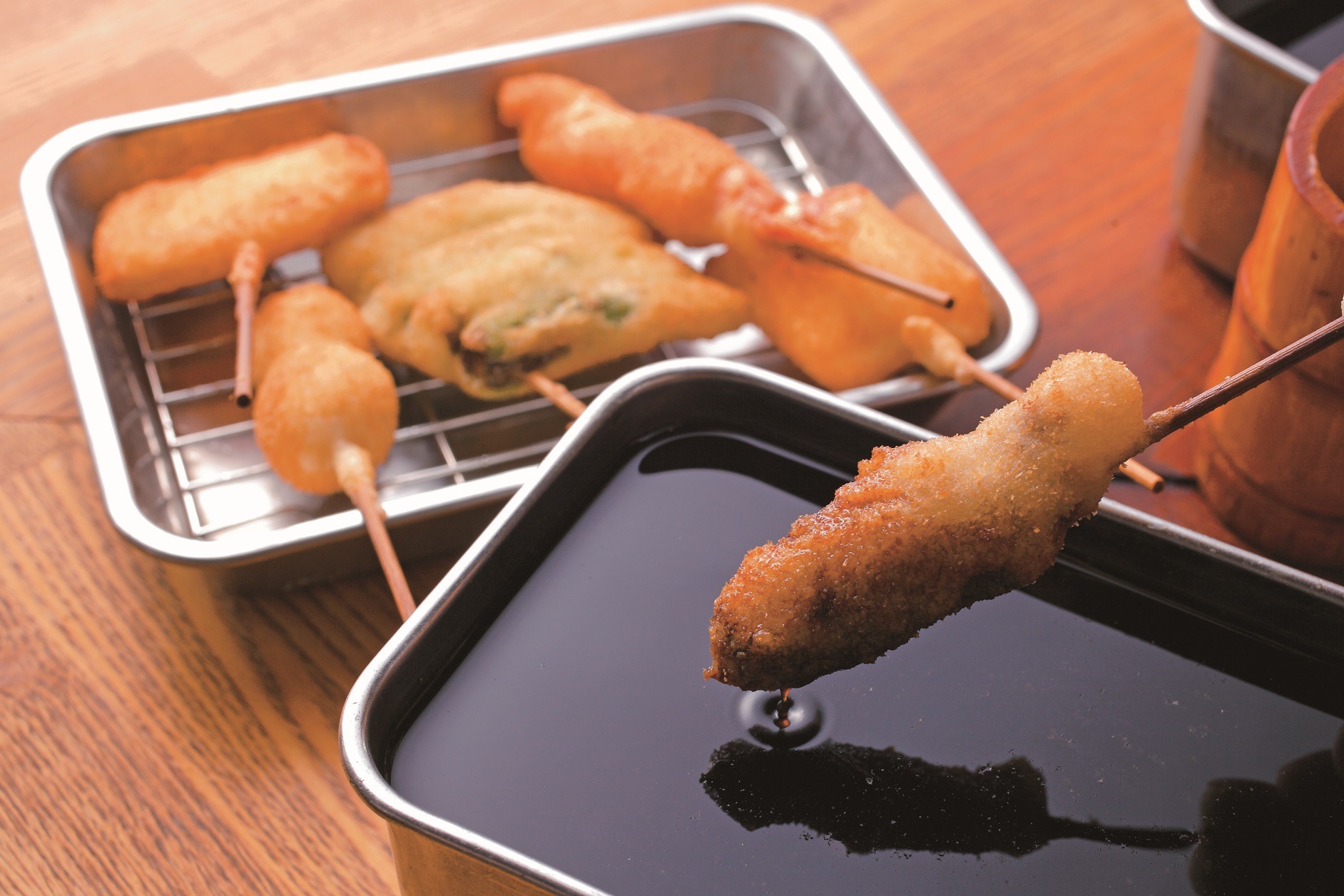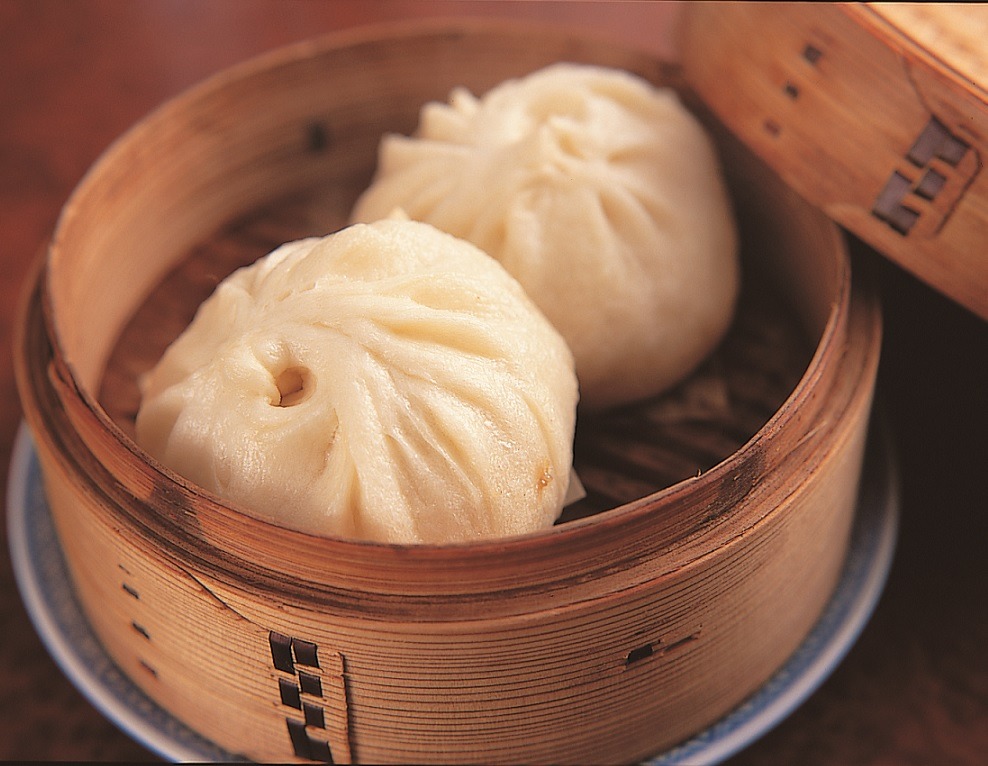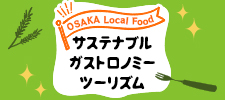Takoyaki

Takoyaki is Osaka's representative fast food that can be bought at a food stall and easily eaten on a street corner. It has a surprisingly short history, and it is said that the number of stores began to increase in the town in the 1950s. At that time, large quantities of octopus were caught in Osaka Bay, so it may be said that this is a typical Osaka food that uses the octopus without wasting it. There are various theories about who invented it, but it is said that its roots lie in ``Choboyaki'' and ``Radio Yaki,'' which were popular from the Taisho to Showa periods.
Choboyaki is a type of takoyaki made by pouring flour dissolved in water onto a copper plate or iron plate with semicircular depressions, reminiscent of today's takoyaki pots, and then adding red ginger, konjac, green onions, and soy sauce before baking. They were probably sold at candy stores and served as treats for children. Taking this as a hint, takoyaki was created by mixing flour with dashi instead of water and adding octopus, and evolved into something that even adults can easily eat.

The taste varies depending on the dough, seasoning, and degree of baking, making it a simple yet profound dish. The style of eating it with sauce, mayonnaise, green seaweed, and bonito flakes is said to have been influenced by postwar okonomiyaki.
I never get tired of watching the guy at the stall wearing a headband turn the balls over with an awl to make them into balls. He uses a toothpick to point at the takoyaki lined up on a bamboo boat and enjoys them piping hot. Takoyaki is said to be delicious when it is crispy on the outside and soft on the inside.
In Osaka, people make takoyaki at home, so much so that it is said to be true, like an urban legend, that every household has one takoyaki maker.
By the way, ``Akashiyaki'', which originated in the neighboring city of Akashi in Hyogo Prefecture, is served with soft takoyaki-like pieces lined up on a wooden plate on a cutting board. It is eaten by dipping it in a soup-like soup stock and is called ``tamagoyaki'' in Akashi.
Other recommended gourmet foods
-
 Udon (I like udon)
Udon (I like udon)Osaka's udon noodles are appealing because of the harmony between the soft texture of the noodles and the gentle combination of kelp and bonito flakes.
-
 Osaka sushi
Osaka sushiThe representative dish of Osaka sushi is box sushi. It is a type of ``oshizushi'' in which the ingredients are placed in a mold along with vinegared rice and pressed together.
-
 Omelette rice
Omelette riceThe owner felt sorry for his regular customers who had stomach problems and had to eat omelets and white rice every day, so when he served ketchup rice wrapped in a thinly-cooked egg, the customers were overjoyed.
-
 Okonomiyaki
OkonomiyakiAlong with takoyaki, it is a soul food for Osaka people. The same goes for dissolving the flour in the soup stock, cabbage is essential, pork is popular, and as the name okonomiyaki suggests, you can use whatever you like. Spread the dough flat on the iron plate and bake it.
-
 Kushikatsu
KushikatsuOsaka's kushikatsu is famous for not allowing double dipping. Meat and vegetables are threaded onto skewers, coated with water-soluble flour, coated with breadcrumbs, and fried in oil.
-
 Kappo cuisine
Kappo cuisineThe Japanese restaurant style that flourished during the Edo period began to go out of fashion, and the Japanese style was born as people sought Japanese restaurants that could be enjoyed more casually.
-
 paper pot
paper potThe mysterious paper pot also originated in Osaka. Anyone would be surprised to hear that you can set paper on fire.
-
 Conveyor belt sushi
Conveyor belt sushiSmall plates of sushi flow on a conveyor, and customers pick up the pieces they like and eat them. The casual, semi-self-service style with inexpensive and transparent checkout is easy to use for families and tourists alike, making it extremely popular.
-
 Pork bun
Pork bunAfter the Meiji Restoration, it is said that the Chinese steamed buns that were introduced to Chinatown were adapted to suit the tastes of the Japanese people.


